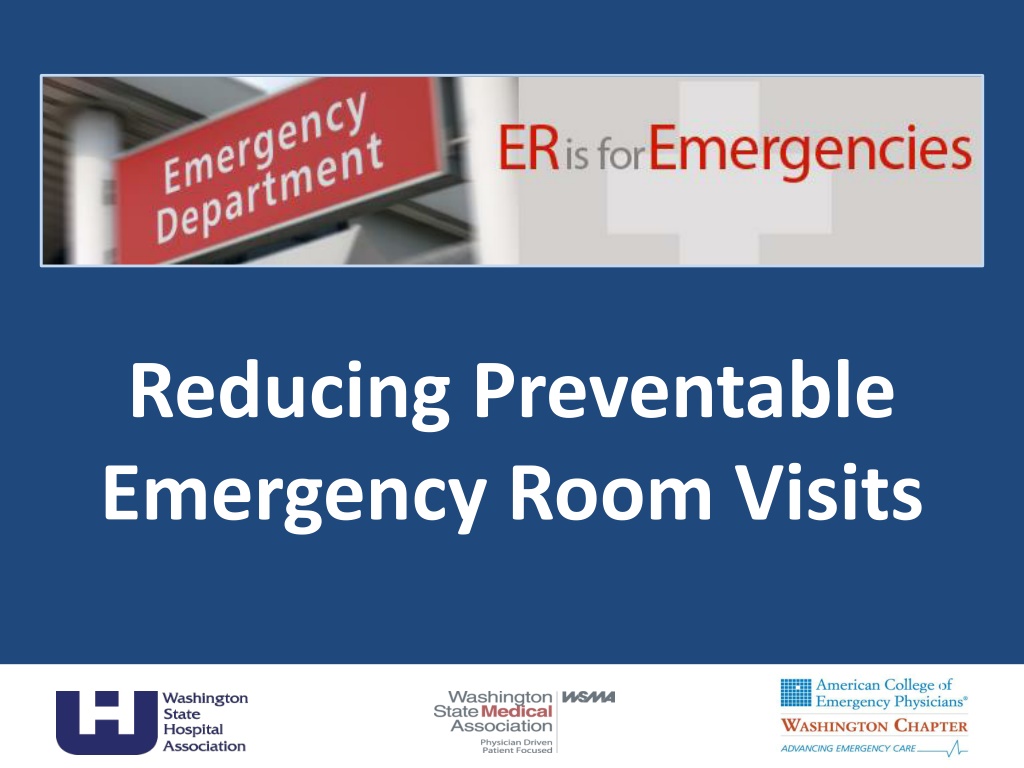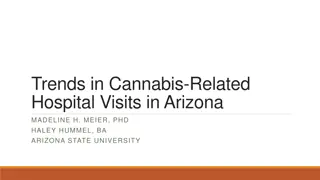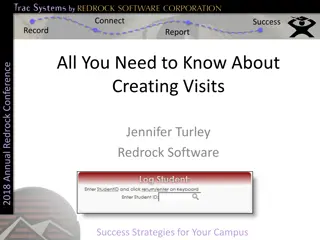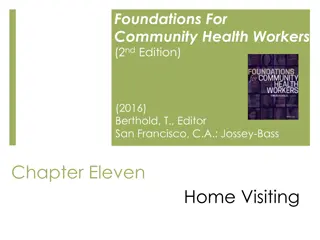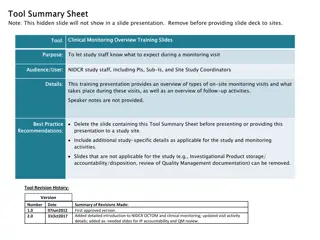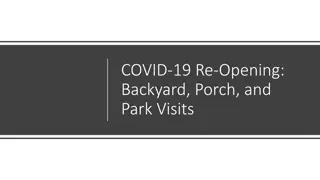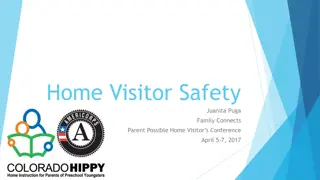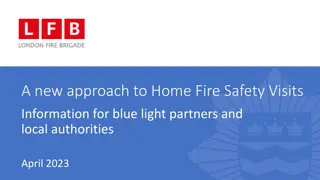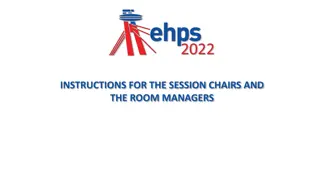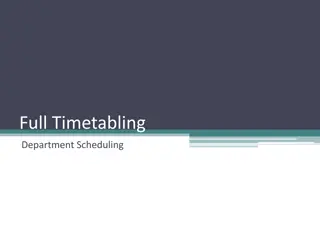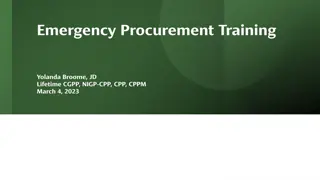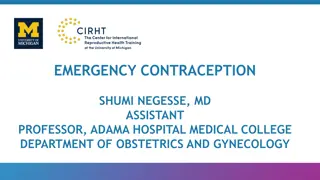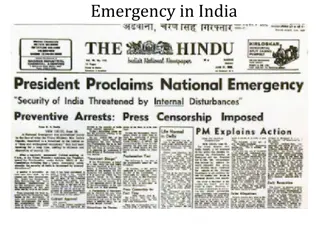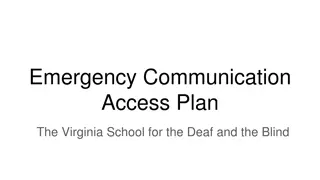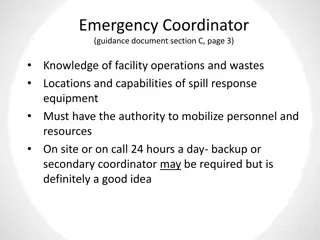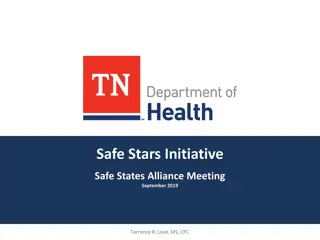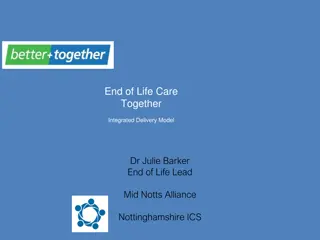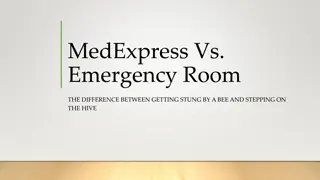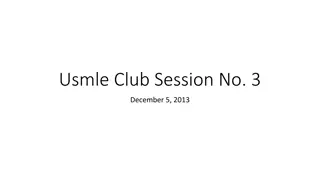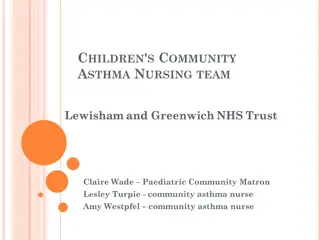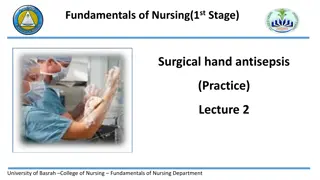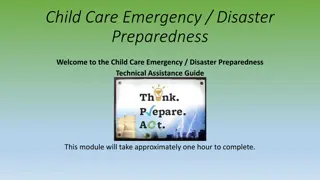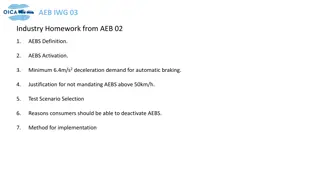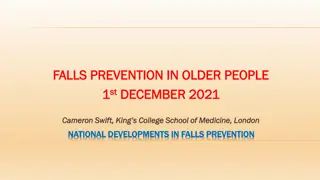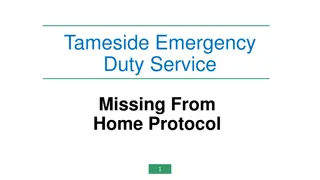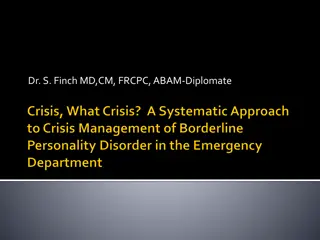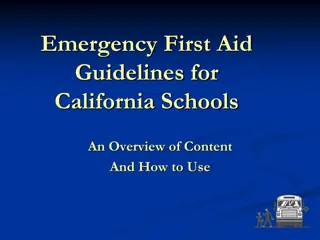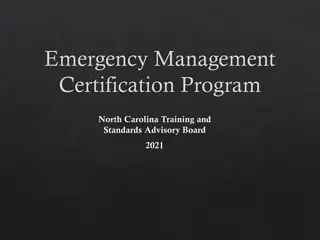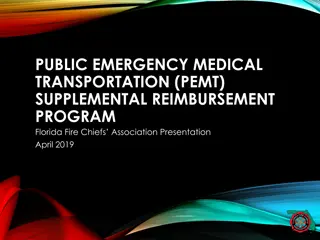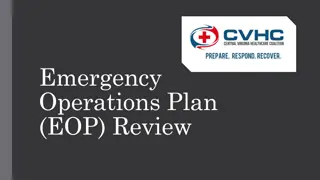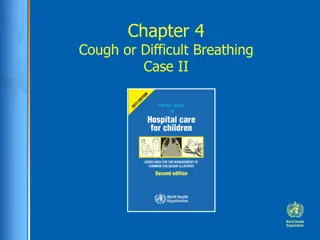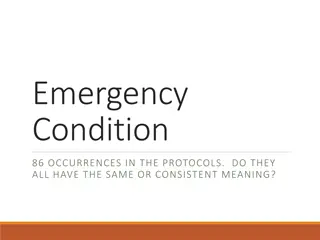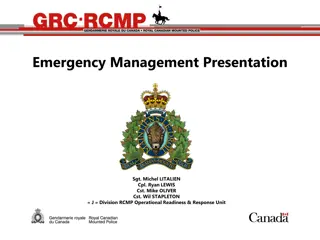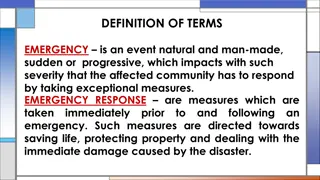Strategies to Reduce Preventable Emergency Room Visits
Implementing best practices and state approaches can help in reducing the overuse of emergency rooms by addressing factors like lack of primary care, substance abuse, and mental health issues. Initiatives such as electronic health information exchange and patient education play a crucial role in redirecting care to appropriate settings, ensuring patient safety, and optimizing healthcare delivery.
Download Presentation

Please find below an Image/Link to download the presentation.
The content on the website is provided AS IS for your information and personal use only. It may not be sold, licensed, or shared on other websites without obtaining consent from the author. Download presentation by click this link. If you encounter any issues during the download, it is possible that the publisher has removed the file from their server.
E N D
Presentation Transcript
Reducing Preventable Emergency Room Visits 1
An Opportunity Redirecting care to the most appropriate setting protects patient safety and ensures payment for care 2
Partnering for Change Washington State Hospital Association Washington State Medical Association Washington Chapter of the American College of Emergency Physicians 3
Emergency Room Overuse: It Is a Problem 4
Medicaid ER Use Is High In the past year: About 40% of Medicaid clients visited an ER About 18% of people with private insurance visited an ER Contributing factors: Lack of primary care Substance abuse Mental health 5
Frequent Users One client: All clients:
State Approaches to Curbing ER Use When What Impact Status Original proposal 3-visit limit on unnecessary use Cuts payments to providers Won lawsuit; policy abandoned Revised proposal No-payment for unnecessary visits Cuts payment to providers Delayed by the Governor just prior to implementation Current policy Adoption of best practices Improves care delivery and reliance on ER as source of care Passed in latest state budget 7
Ultimate Goal: Reduce Trend Current projected trend Changing the trend 8
A) Electronic Health Information Goal: Exchange patient information among Emergency Departments Identify frequent users Get access to treatment plans Use in providing care Exceptions for CAHs with financial burden 10
B) Patient Education Goal: Help patients understand and use appropriate sources of care Active distribution of educational materials WSHA/WSMA/ACEP brochure Discharge instructions 11
C) Patient Review and Coordination (PRC) Information Goal: Ensure hospitals know when they are treating a PRC patient and treat accordingly PRC clients = frequent ER users, often narcotic seekers Receive and use client list Identify patients on arrival Use care plans 12
D) PRC Client Care Plans Goal: Assist PRC clients with their care plans Contact the primary care provider when PRC client visits the ER Efforts to make an appointment with the primary care provider within 72 hours when appropriate If no appointment required, notify primary care provider that a visit occurred Relay barriers to care to Health Care Authority 13
E) Narcotic Guidelines Goal: Reduce drug-seeking and drug-dispensing to frequent ER users Implement ACEP guidelines for prescribing and monitoring of narcotics Direct patients to better resources Track data and follow up with providers who excessively prescribe 14
F) Prescription Monitoring Goal: Ensure coordination of prescription drug prescribing practices Enroll providers in Prescription Monitoring Program: electronic online database with data on patients prescribed controlled substances Target enrollment for ER providers : 75% by June 15, 2012 90% by December 31, 2012 15
G) Use of Feedback Information Goal: Review reports, ensure interventions are working Report specified information to Health Care Authority Designate ER leader and quality manager to receive, review, and act on utilization management reports Involve executive-level leadership 16
Quick Action Needed! Hospitals must submit attestations and best practice checklists to HCA by June 15, 2012 17
Best Practices Just First Step HCA will perform a preliminary fiscal analysis and report to the legislature by January 2013 Focus: Outlier hospitals with high rates of unnecessary visits High ER visits by PRC clients Low rates of treatment plans for PRC clients High rates of opiate prescriptions 18
If Unsuccessful Revert to the no-payment policy. $38 million in annual cuts! 19
Ongoing Oversight and Measurement: Emergency Department Workgroup Health Care Authority Washington State Chapter of the American College of Emergency Physicians (WA/ACEP) Washington State Medical Association Washington State Hospital Association 20
